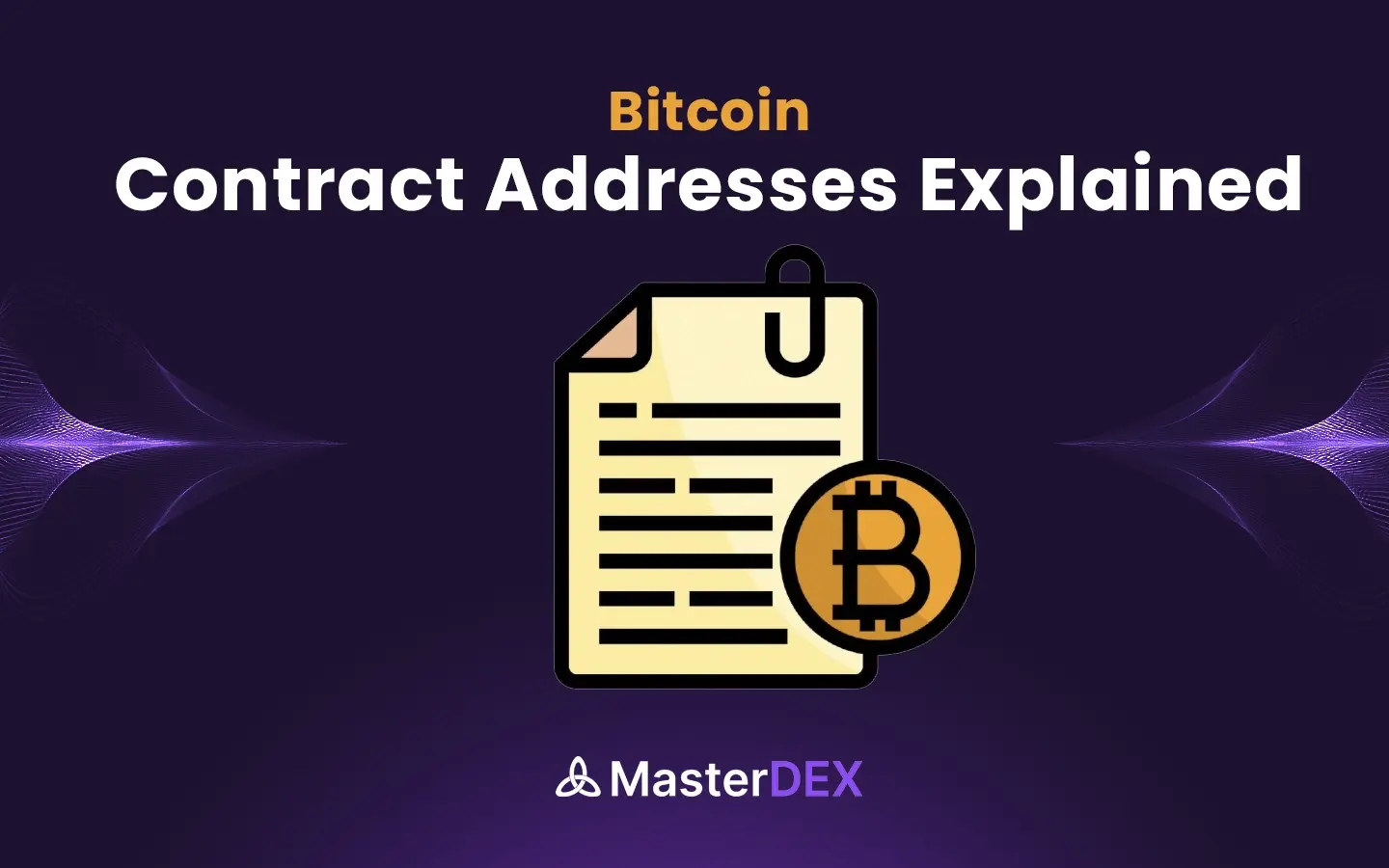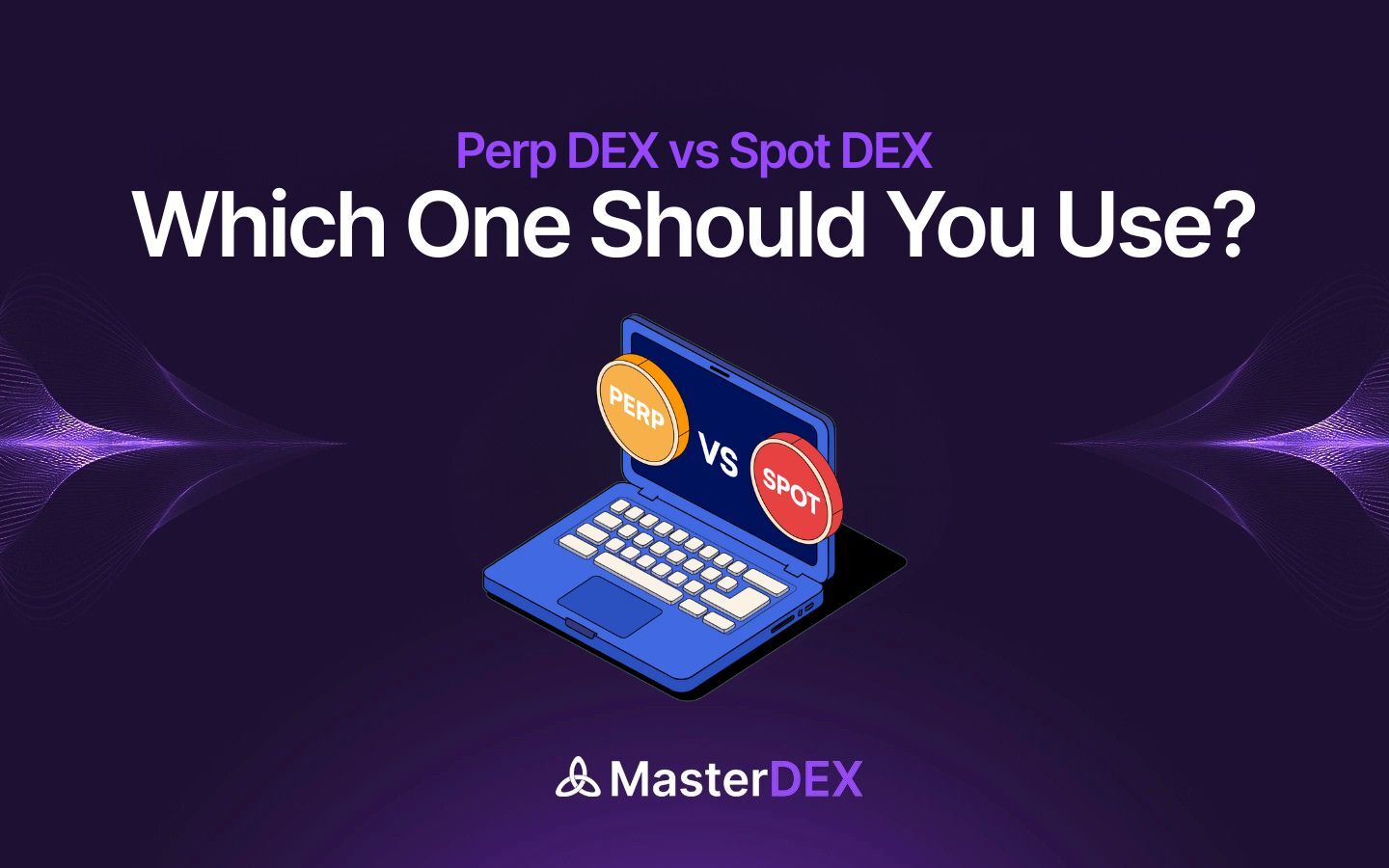Smart contracts have revolutionized blockchain ecosystems by enabling self-executing agreements that eliminate the need for intermediaries. While Ethereum is often associated with smart contract functionality, Bitcoin, too, supports basic programmable conditions, though in a much more limited fashion. At the heart of this capability lies a concept many are now exploring:
Bitcoin contract addresses.
In this blog, we’ll break down what smart contracts are, how Bitcoin contract addresses work, the different types you’ll encounter, and how they compare to Ethereum-style contracts.
Table of Contents:
ToggleWhat Are Smart Contracts?
Smart contracts are self-executing programs stored on a blockchain. They automatically enforce rules and agreements between parties once specific conditions are met. These contracts eliminate the need for centralized intermediaries, enabling secure, trustless, and automated operations.
For example, in Ethereum, smart contracts can power decentralized exchanges, lending platforms, NFT marketplaces, and even governance structures. They are coded using languages like Solidity and can maintain internal states, execute loops, and interact with other contracts.
What is a Bitcoin Address?
So, what exactly is a Bitcoin address? A Bitcoin address works much like an email address. You share it with others so they can send you Bitcoin, just like people send you messages via email. It’s a unique string of letters and numbers that identifies where the Bitcoin should go. However, unlike smart contract platforms, Bitcoin addresses are strictly used for sending and receiving funds, rather than interacting with programmable contracts or decentralized applications.
Now, let’s talk about Bitcoin’s smart contract address. Interestingly, Bitcoin doesn’t have contract addresses in the way platforms like Ethereum do. While Bitcoin supports some basic programmable features through its scripting system, these are quite limited and don’t allow for complex smart contracts or decentralized applications.
So, when people mention a “Bitcoin contract address,” they’re usually referring to something like a multi-signature address or a script-based address—a regular Bitcoin address that’s configured with specific conditions, such as requiring multiple approvals to spend funds. These addresses aren’t smart contracts in the traditional sense, but they do enforce simple, rule-based behavior.
Bitcoin may not natively support dynamic smart contracts, but it does offer powerful, minimalistic ways to enforce logic just in a more conservative and secure form. There’s more going on under the hood than most realize.
Types of Bitcoin Addresses
Three major types of Bitcoin addresses support varying degrees of contract-like behavior:
1. Legacy Addresses (P2PKH)
- Prefix: Starts with 1 (e.g., 1A1zP1…)
- Script Type: Pay-to-PubKey-Hash (P2PKH)
- Introduced in: Bitcoin’s original protocol
- Functionality: Standard address type that allows a recipient to spend funds using their private key. While not contract-rich, it’s the basis for basic scripts and is still widely used.
Legacy addresses don’t support advanced contracts natively but form the foundation for more complex script types.
2. SegWit Addresses (P2SH)
- Prefix: Starts with 3 (e.g., 3FZbgi…)
- Script Type: Pay-to-Script-Hash (P2SH)
- Introduced in: BIP-16 (2012)
- Functionality: Allows users to send BTC to a script hash rather than a direct key. The script is revealed when spending the funds, enabling more complex structures such as multisig or time-locked payments.
P2SH addresses were Bitcoin’s first real leap into programmable spending. Many multi-signature wallets and services still use them today.
3. Native SegWit Addresses (Bech32)
- Prefix: Starts with bc1 (e.g., bc1qar0…)
- Script Type: P2WPKH (Pay To Witness Public Key Hash) and P2WSH (Pay to Witness Script Hash)
- Introduced in: BIP-173 (SegWit update, 2017)
- Functionality: Improves efficiency and security with lower fees, faster verification, and greater scripting flexibility. This address format also enables Taproot, which unlocks more expressive contracts.
Native SegWit addresses, particularly with Taproot (P2TR), enable better privacy and contract composability by hiding unused script paths unless executed, laying the groundwork for future Bitcoin-native smart contracts.
Can We Interact With a Bitcoin Contract Like Ethereum?
Not quite. Ethereum smart contracts are like decentralized software applications. Users interact with them through direct calls, often triggering internal state changes, transfers, or logical operations.
Bitcoin contract addresses, in contrast, are static scripts. They enforce rules when coins are spent, not when they’re received. There is no internal state or dynamic execution. All logic is pre-encoded and validated only when a transaction attempts to spend from the address.
That said, Bitcoin’s growing ecosystem is pushing boundaries:
- Taproot (P2TR) allows more complex spending conditions with better privacy.
- The Lightning Network uses smart contracts (like HTLCs) for instant, off-chain payments.
- Bitcoin layers, such as Stacks and RSK, enable smart contract platforms that anchor security to Bitcoin while offering Ethereum-like programmability.
While not a direct competitor to Ethereum in smart contract richness, Bitcoin’s approach prioritizes minimalism, predictability, and security.
Concluding Lines
Bitcoin contract addresses represent Bitcoin’s unique take on programmability, simple, secure, and purpose-driven. Though not as expressive as Ethereum’s contracts, they provide vital functionality for multisig wallets, time-locked transactions, and decentralized payment channels.
As technologies like Taproot, Lightning, and Bitcoin layers mature, Bitcoin’s contract capabilities are expanding without sacrificing the core principles of decentralization and truthfulness that define the protocol.
Whether you’re a developer, investor, or crypto enthusiast, understanding Bitcoin contract addresses is key to appreciating how Bitcoin continues to evolve quietly but powerfully into a more programmable monetary layer.



